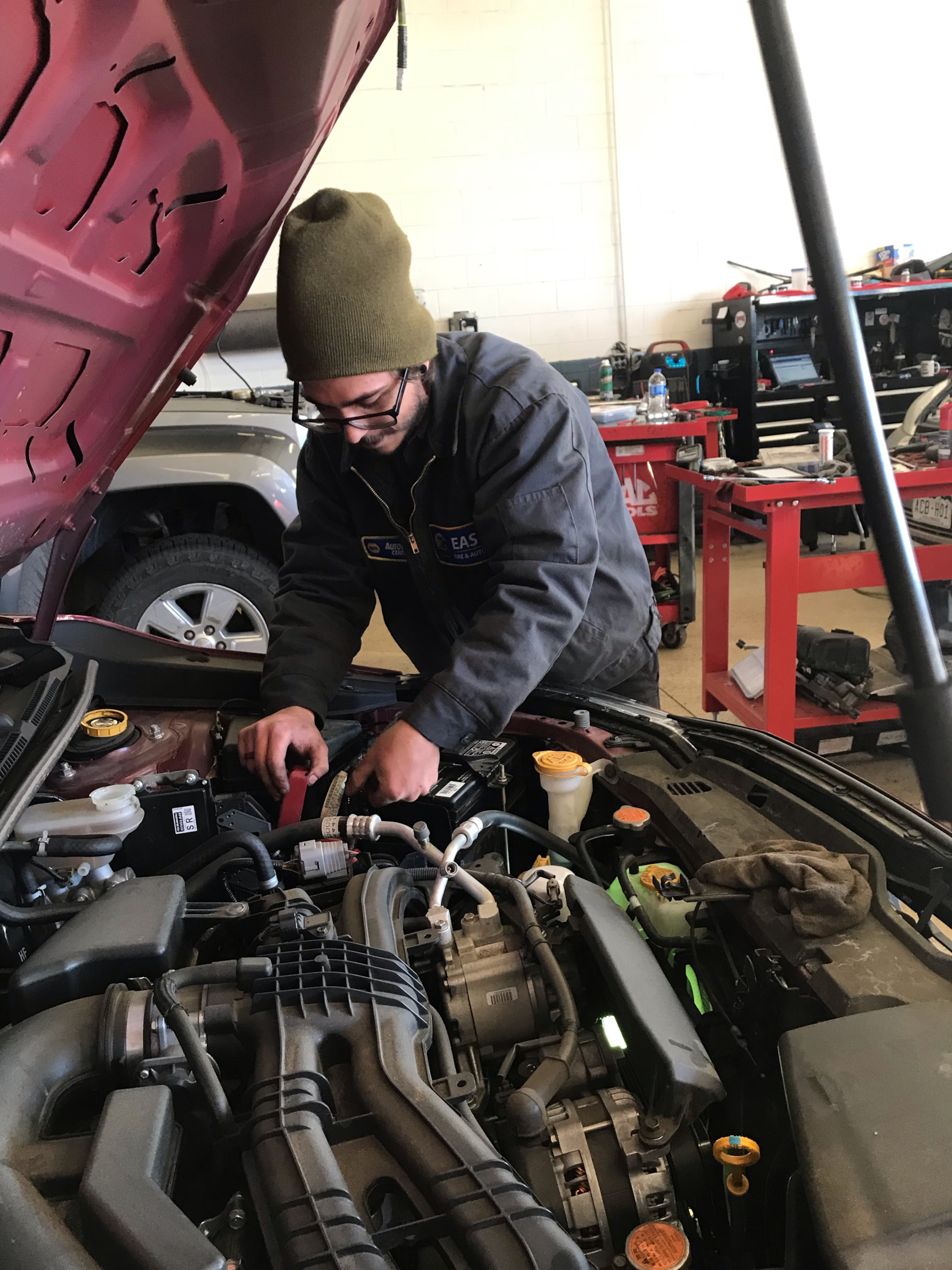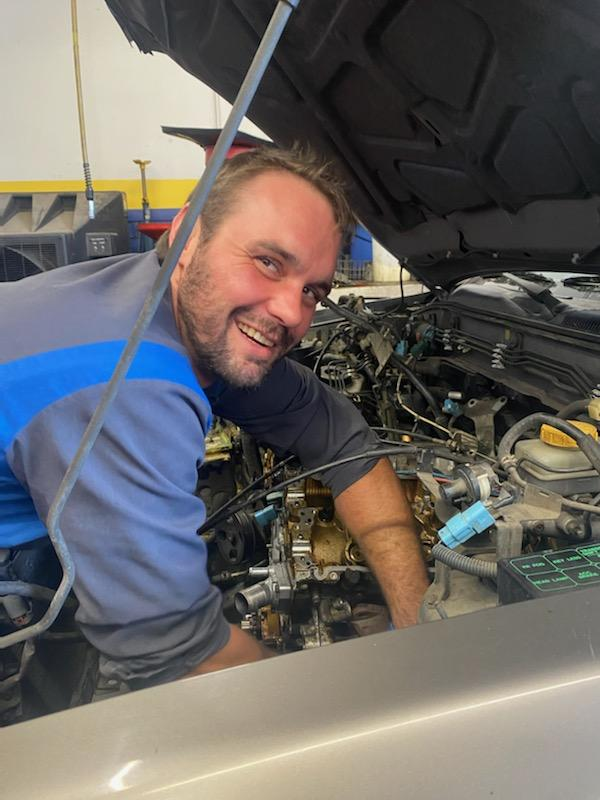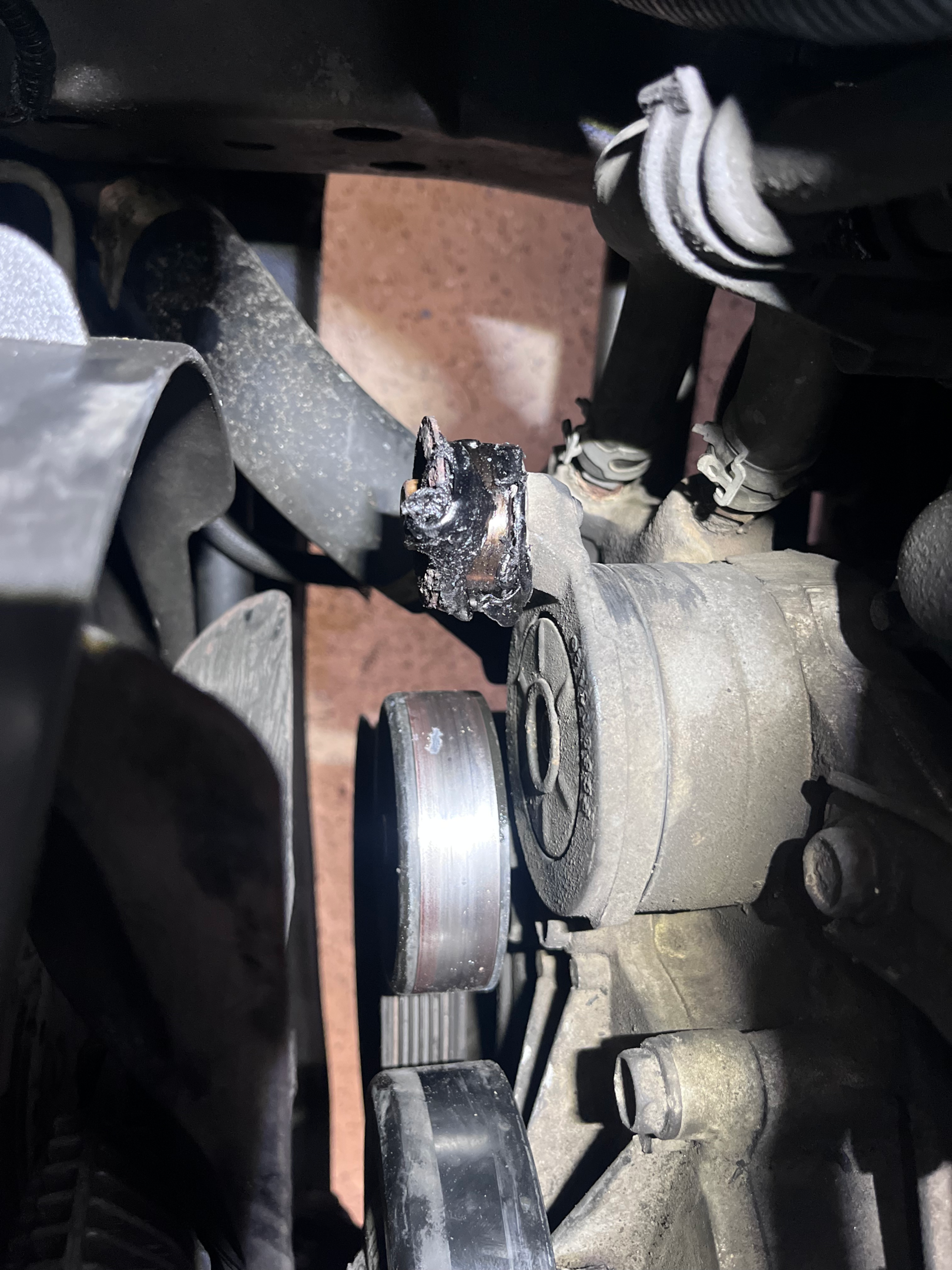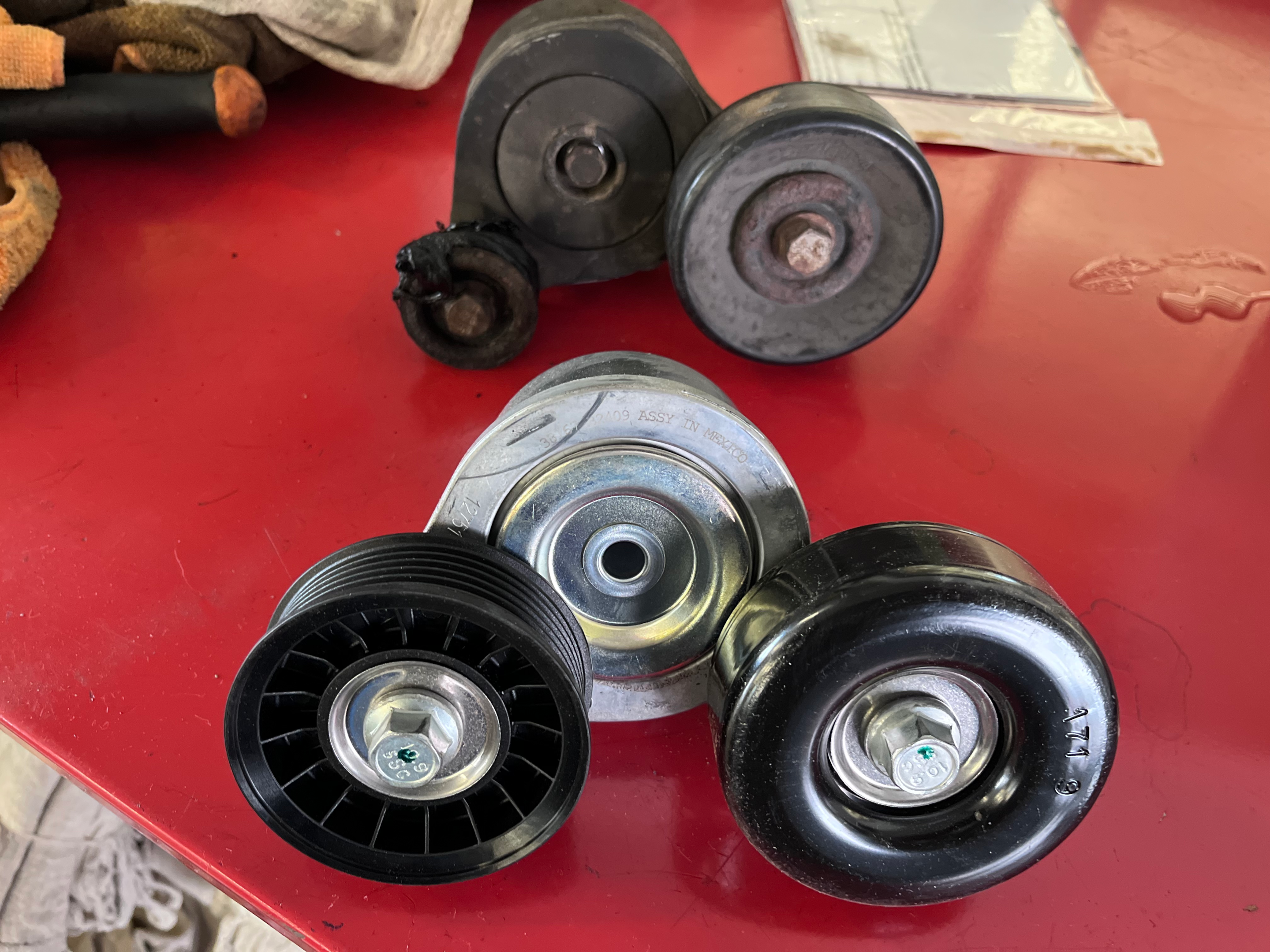Serpentine Belt Replacement
Serpentine belts, often referred to as a "drive belt", are a critical component in your vehicle that help keep the alternator, air conditioning, power steering, and water pump running. Without the serpentine belt, the vehicle cannot run properly, if at all. At EAS Tire and Auto, replacing serpentine belts is practically second nature. We inspect all of your separate belts, typically excluding the timing belt, during every evaluation so you never have to worry about unexpectedly breaking down. We are proud to be automotive specialists, but we know that sometimes you may want to tackle some of the repairs yourself.

Replacing a Serpentine Belt at Home
Are you looking for a DIY guide to replacing a serpentine belt? Or need a more general overview of the process? Replacing a serpentine belt is an important task for maintaining your vehicle. This simple maintenance can prevent costly repairs in the future and keep your car running smoothly. In this blog post, we’ll provide an overview of what a serpentine belt is, why it needs to be replaced, and how to do so.

What is a Serpentine Belt?
A serpentine belt is responsible for helping power the various components of the engine, such as the alternator, power steering pump, air conditioner compressor and other accessories. It's typically made of rubber with ribs or grooves along its circumference that help grip the accessory pulleys when the engine runs. Over time, these belts will start to show signs of wear and aging and should be replaced before they get the chance to break. Serpentine belt installation can be an easy repair depending on the vehicle and serpentine belt replacement, but not everyone can change a serp belt.

When Does it Need Replacing?
The lifespan of a serpentine belt or accessory belt depends on factors such as how often you drive as well as weather and road conditions encountered during use. Generally speaking, most manufacturers recommend inspecting or replacing your serpentine belt every 60,000 miles or five years. However, it’s best to refer to your car manual for specific instructions. Without regular maintenance and replacement, the old belt can become worn out and break which causes all sorts of problems with your car. Sometimes a belt and/or belt tensioner is recommended to be replaced while replacing another component. For example, sometimes when replacing a power steering pump, it may make sense to replace a serpentine belt if it has to come off with the repair anyways and the belt is getting older. Often times, the technician will also inspect the belt tensioner and tensioner pulley to ensure that they are operating as designed. In some cases, a bad tensioner pulley or belt tensioner may cause a belt to break prematurely and require a new belt. If you are looking for a trusted auto repair shop who replaces serpentine belts. look no further than EAS Tire and Auto.

What Can Happen if a Serpentine Belt is not Replaced in Time
If a serpentine belt is not replaced in time, it could lead to major engine problems. It may cause the vehicle to overheat due to an insufficient supply of coolant from the water pump. The belt might become loose and break, resulting in the alternator and power steering system no longer working correctly. Additionally, this could lead to the failure of other crucial components such as the air conditioning compressor or fan motor as they are all driven by the serpentine belt. In worst case scenarios, a malfunctioning serpentine belt can even cause breakdowns and costly repairs for your car.

How to: Serpentine Belt Replacement
When you replace your serpentine belt, you should have all necessary accessories nearby like eye protection gear, work gloves and pliers (in case it gets too tight). It’s also best to have replacement parts ready ahead of time in case something goes wrong during the process - like needing an extra gasket or accessorized wrench. Once everything is in place follow these steps:
Remove any covers from around where you locate the older serpentine belt
Slowly loosen tension from old belt by releasing tension pulley lever
Rotate old belt off each pulley
Inspect each pulley for damage
Locate new serpentine belt according to size markings
Place new Serpentine Belt onto each pulley in order specified by diagram on frame near pulleys
Now move tension pulley lever slowly clockwise until tight-fit occurs
Make sure all fittings are tightened accordingly before testing new setup
Dispose of the old serpentine belt
Finally check if any coolant has leaked out while fitting - if so top up levels again as soon as possible compliance with manufacturer requirements. Once done restart engine and test run at variable speeds - noise levels should return normal following successful fitting.

You Can Always Call on the Experts at EAS Tire and Auto
Hopefully your serpentine belt replacement was a success! However, if you have any questions or the repair is not going as planned, feel free to lean on the experts at EAS Tire and Auto. Our ASE certified technicians have years (and even decades) of experience replacing serpentine belts in no time at all. We have everything we need from a belt tensioner tool, to a new belt, to experience. Next time you're searching for "serpentine belt replacement near me" choose us. Let EAS Tire and Auto be your friend in the automotive industry.